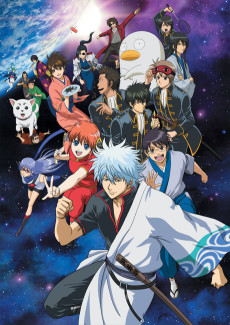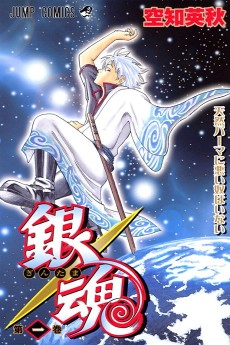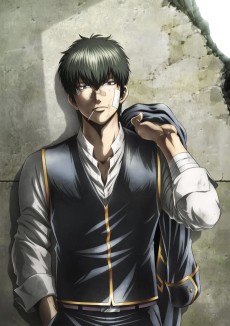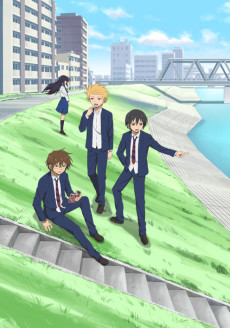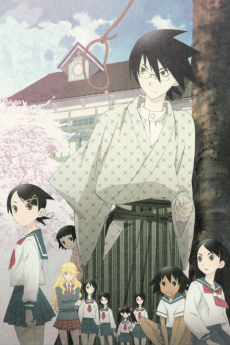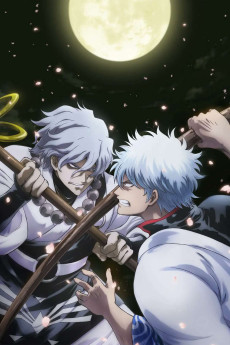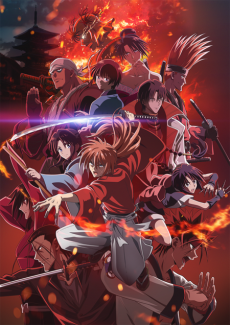GINTAMA'
STATUS
COMPLETE
EPISODES
51
RELEASE
March 26, 2012
LENGTH
24 min
DESCRIPTION
After a one-year hiatus, Shinpachi Shimura returns to Edo, only to stumble upon a shocking surprise: Gintoki and Kagura, his fellow Yorozuya members, have become completely different characters! Fleeing from the Yorozuya headquarters in confusion, Shinpachi finds that all the denizens of Edo have undergone impossibly extreme changes, in both appearance and personality. Most unbelievably, his sister Otae has married the Shinsengumi chief and shameless stalker Isao Kondou and is pregnant with their first child.
Bewildered, Shinpachi agrees to join the Shinsengumi at Otae and Kondou's request and finds even more startling transformations afoot both in and out of the ranks of the the organization. However, discovering that Vice Chief Toushirou Hijikata has remained unchanged, Shinpachi and his unlikely Shinsengumi ally set out to return the city of Edo to how they remember it.
With even more dirty jokes, tongue-in-cheek parodies, and shameless references, Gintama' follows the Yorozuya team through more of their misadventures in the vibrant, alien-filled world of Edo.
(Source: MAL Rewrite)
CAST

Gintoki Sakata
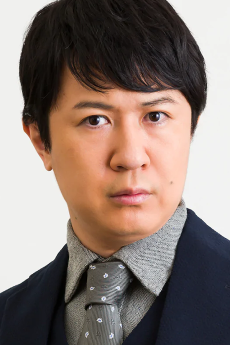
Tomokazu Sugita
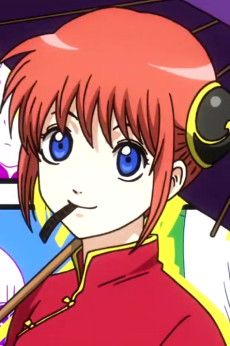
Kagura
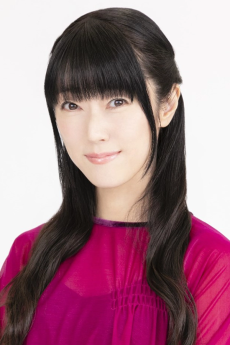
Rie Kugimiya

Shinpachi Shimura
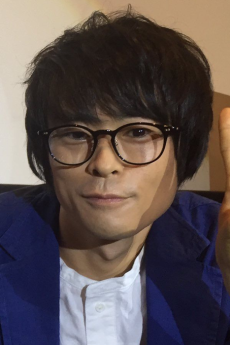
Daisuke Sakaguchi
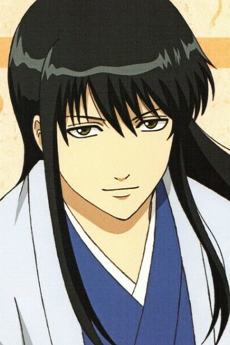
Kotarou Katsura
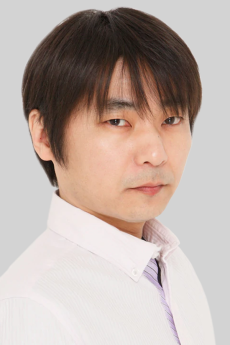
Akira Ishida

Toushirou Hijikata
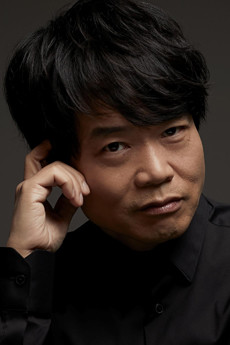
Kazuya Nakai
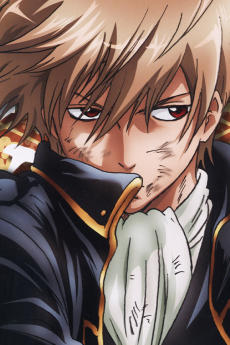
Sougo Okita
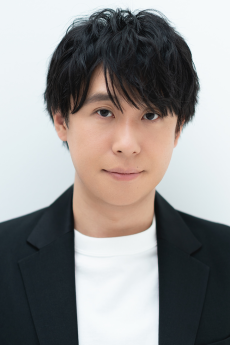
Kenichi Suzumura
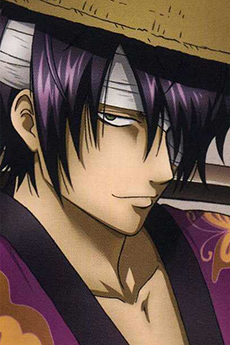
Shinsuke Takasugi
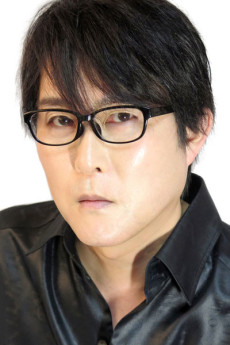
Takehito Koyasu
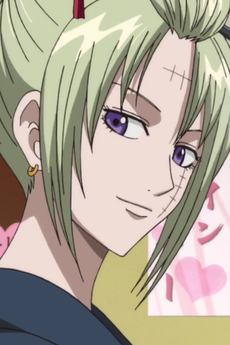
Tsukuyo

Yuuko Kaida
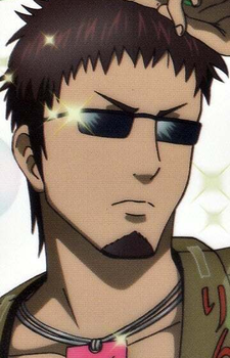
Taizou Hasegawa
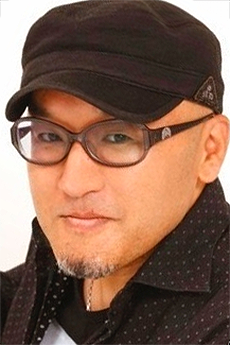
Fumihiko Tachiki
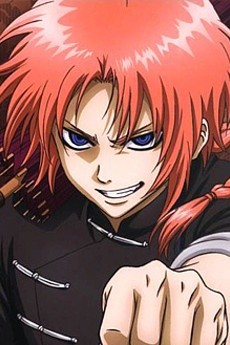
Kamui
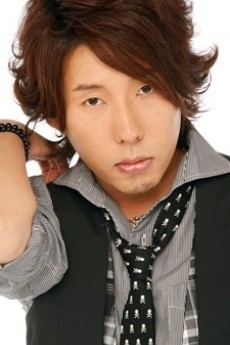
Satoshi Hino
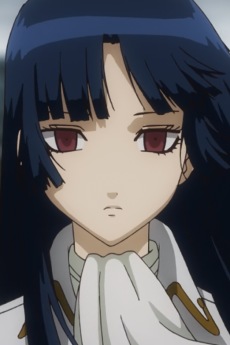
Nobume Imai

Aya Hirano
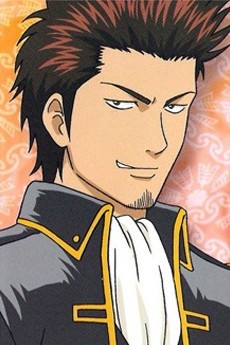
Isao Kondou
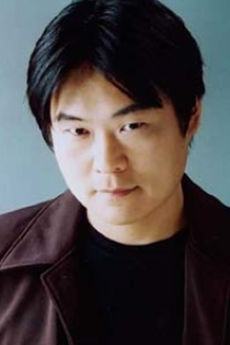
Susumu Chiba
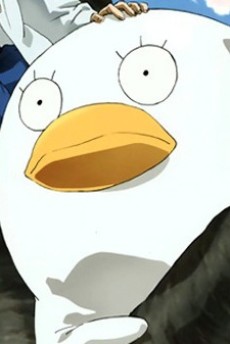
Elizabeth
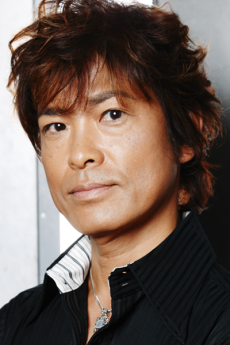
Tooru Furuya
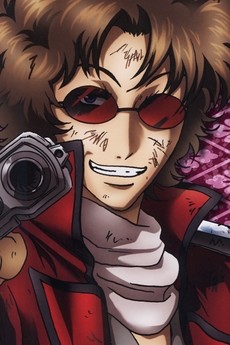
Tatsuma Sakamoto
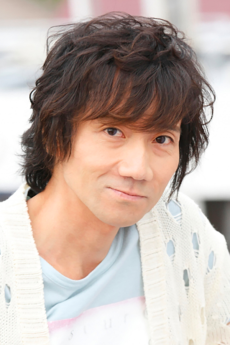
Shinichirou Miki
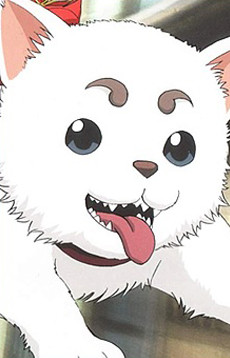
Sadaharu
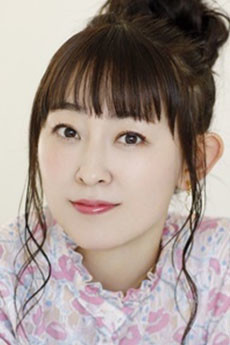
Mikako Takahashi
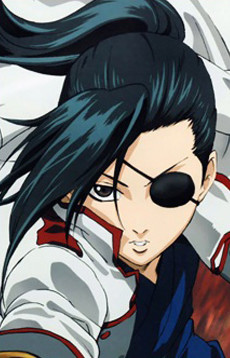
Kyuubei Yagyuu
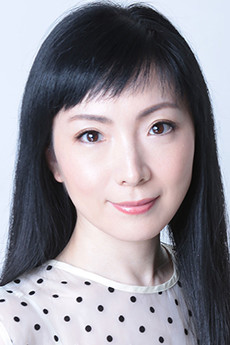
Fumiko Orikasa
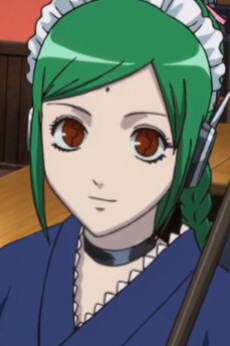
Tama

Omi Minami

Ayame Sarutobi
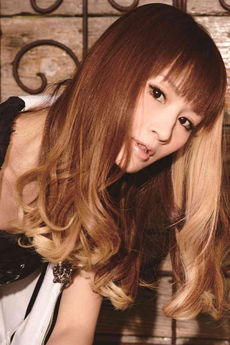
Yuu Kobayashi
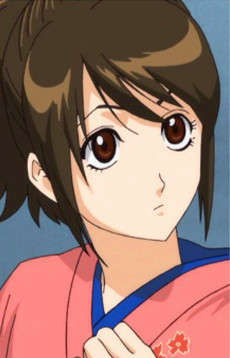
Tae Shimura

Satsuki Yukino
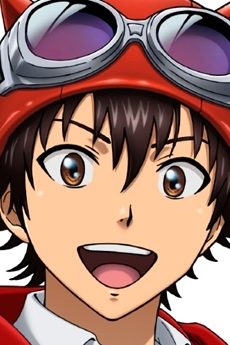
Yuusuke Fujisaki
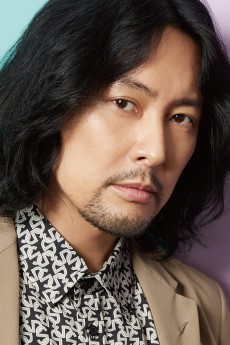
Hiroyuki Yoshino
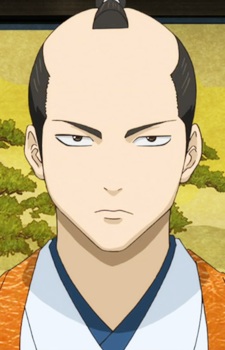
Shigeshige Tokugawa
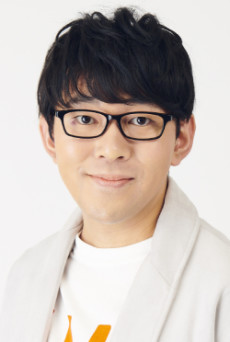
Yuuki Ono
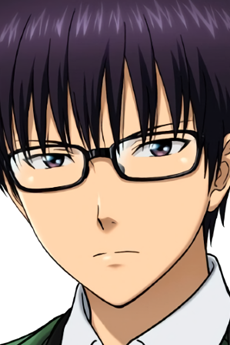
Kazuyoshi Usui

Tomokazu Sugita

Hime Onizuka

Ryouko Shiraishi
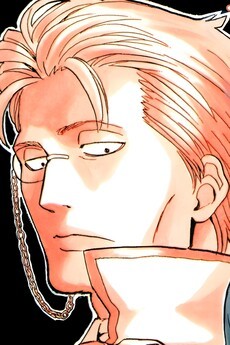
Isaburo Sasaki
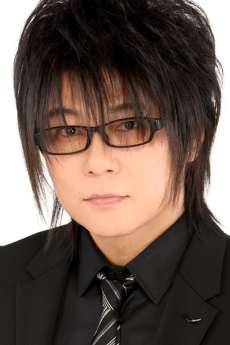
Toshiyuki Morikawa
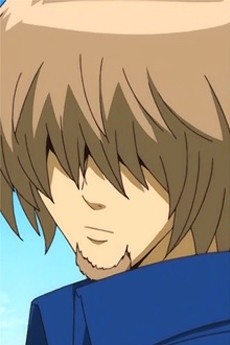
Zenzou Hattori
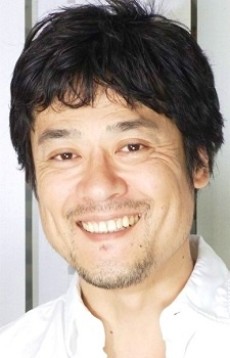
Keiji Fujiwara
EPISODES
Dubbed
RELATED TO GINTAMA'
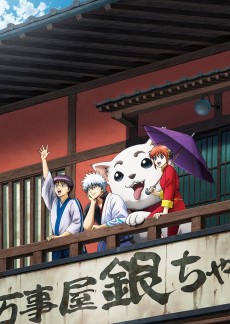 ANIME ActionGintama': Enchousen
ANIME ActionGintama': Enchousen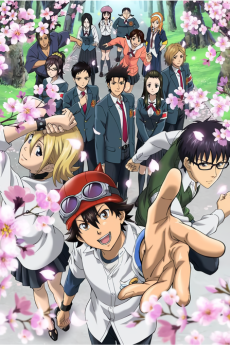 ANIME ComedySKET DANCE
ANIME ComedySKET DANCEREVIEWS

AnotherBadger
98/100The show with a soul of silver that continues to shine brightlyContinue on AniList"You actually thought the staff members could handle two long arcs in a row?! Don't overestimate them!"
- Kagura, Episode 252 (Gintama’ 51)
Continuing on from the steady foundations of Gintama (2006), Gintama’ continues to grow from strength to strength. The long-awaited shift to 16:9 enhances the series and there is a noticeable improvement in animation quality. However, the silver soul of the series remains unaffected as the character’s ruthless, self-referential comedy keeps the series from becoming too big for its boots.
Gintama’’s greatest strength is, again, in its characters. Whether considered a main character or part of the supporting cast, they all have their own eccentricities and unique viewpoints that make them stand out. It is nice to see a number of them being developed further in the longer arcs, with the Kabukicho Four Devas Arc (9 - 13) and the Baragaki Arc (43 - 46) shining particularly brightly in how they deepen characters that are series mainstays.
New additions to the cast are also spectacularly fleshed out in the short amount of time they have on screen, making them feel like an integral part of Gintama’’s world. While some had been foreshadowed from earlier episodes, others were introduced for the first time and yet it feels like they have always been there. A part of this success is from Gintama’’s using historical events and people as a loose frame from which these characters can grow. This is most noticeable with Sasaki Isaburo and Imai Nobume who leave a lasting impression and hint at the intriguing wider story taking place.
Balancing the development of older characters with the introduction of newer characters, especially in a cast as large as Gintama’’s, can be a difficult thing to do, but Gintama’ pulls it off easily. And it does all this without sacrificing its humour and self-deprecating style.
The plot and structure are also quintessentially Gintama’, blending comedy with action and drama in an addictive way that makes it difficult to stop watching. The ability to build a world so tangible, with plot threads being carefully weaved into the fabric of the story that leaves you wanting more, is on full display in this series. It is also a testament to the series’ writing as a small scattering of the wider world around its characters can generate such excitement. This is especially true of the series’ overarching antagonists whose appearances are well placed to keep them mysterious, yet active enough to pose a danger.
There are more episodes dedicated to the longer arcs, allowing the story to develop in a familiar way while devoting more time to the action scenes. This is bolstered by the improvement in animation which is atmospheric but also conveys the comedy well. The stand-alone episodes are also well written, with episodes 5 and 47 being particularly heavy hitters that continue to demonstrate Gintama’’s strength at telling short, but beautifully emotional, stories. There is an appreciation for these emotional moments that make the audience truly care about the cast; especially those who we don’t see all too often. The ability to draw out both the worst and the best of its characters, but in painfully relatable ways, is what makes Gintama’ stand out and the plots know to emphasise this element.
Gintama’ is a perfect continuation of the series and, if you love Gintama, this will be one of the best shows you could watch. If you haven’t watched the first series, then you should definitely try it out because Gintama is a stand-out comedy series that knows how to tell really good stories.

EpicSponge101
80/100A Comedic Formula PerfectedContinue on AniListThis review will be directly tied to my Gintama season 1 review, so make sure you read that before reading this. Considering I’ve already covered all of the bases for Gintama, I’ll just go over them in my overview here, and then write about characters and episodes I like.

Overview Gintama Season 2 is more Gintama, to put it simply. A refined Gintama, but more of it nonetheless. They removed the persistent, nagging flaws of the more awful episodes and generally created a more rounded product with the second season. Bar some arcs that had major issues, this was far neater as a show; I’ll get into short specifics as to why.
On an animation note, I feel like leaving the 3:4 aspect ratio was symbolic for the quality shooting up. There were far less animation errors and weird frames in the second season, making the original style lose a little charm, but certainly being a welcome change.
As for the comedy, I feel like the formula was perfected here. They did everything season 1 did but better, and cut the fluff. Everything was super concise bar a bit of redundant filler; I had some of the greatest laughs from the series so far in this season. I’ll go into specific examples to prove my point later.
One thing I felt was very unique to season two, is the Four Devas arc. Never has the series had a moment with such political development, and I’m incredibly excited for more— as I’m sure we’ll get in later seasons. The culmination of two-hundred episodes subtly building Kabukicho made for a satisfying political struggle. It felt like a playground for Sorachi to test the water before he enters the serious world-wide political struggles.
With that in mind, let’s get into the specifics!
4 Devas Arc 
Four Devas was interesting for me. We get immediately introduced into the arc with a comedy episode following a girl named Pirako, who seems to be a murderous psychopath out for revenge. The episode is pretty fun, as several stupid antics ensue— but we can feel a storm brewing in the background the entire time. There is unrest in the town of Kabukicho, and soon it’ll boil over into war. Which is, exactly as you would guess, what happens. Now, perhaps the most initially impressive thing about this stretch of the story is the pay-off to 200 episodes of subtle political world-building coming to fruition. I’ve already talked about this before, but I can’t press enough how fun it was to see the 4 Devas of Kabukicho in action.
Now before moving onto plot lines and their messages, it’s time to cover the biggest folly of this arc— tonal whiplash and Otose’s death. We see Otose get brutally “murdered” by Jirocho, Gintoki blooming into a furious rage in response; this hits hard, not only to lose a lovable character like Otose, but to see our main character lose his goofy demeanor and devolve into a monster. More appropriately a devil, I suppose. The scene that proceeds this literally shows all of the main cast mourning over her as she dies in the hospital bedroom, creating a somber scene and an incredibly serious tone. However, this is trampled upon by the revival of Otose, leading to a far more comedic escapade than what was initially set up. So, while I don’t think what they ended up doing was bad, it was tonally jarring to go from mourning and revenge to laughing and friendship. As a side note, Otose literally comes back as an old woman who has been hospitalized and somehow fights.
Getting into the things I found more impressive about the arc, let’s get into the character of Jirocho. Jirocho’s mystery was well set up, as we try to understand his motivations for what he does— and the conclusion is very understandable and satisfying. The idea of taking responsibility for a broken promise and Jirocho filling the role of diseased friend was great. He wanted to protect the people he loved, and in this we see a lot of parallels to Gintoki. This is well set by some of the framing forcing them to fight against the Harusame in a parallel position, really driving the idea home. Their philosophies are similar, but they just go about things differently. This sets up Jirocho to feel like an older Gintoki, naturally making us sympathize and rationalize with him. Finally, his character conclusion is very sweet. Making up with Otose was good to see; Pirako finally getting the family she so longed for was heartwarming. A great ending to a great character.
The other major thematic point of 4 Devas would be the unification of Kabukicho. We see the concept of the entire town banding together to mourn the death of a dear friend, creating an inspiring moment of the cliche but still potent idea of doing good will always come back to you. The people the Odd Jobs helped paid back the favor and got over their differences in an attempt to save the friends and town they love; I think it was nice to see. My only complaints would be them reviving Otose for this reason, and some cliche dialogue. I feel like this arc would benefit from giving weight and levity to Kabukicho’s battle, having the characters genuinely fight for a lost friend. It wouldn’t really thematically detract from the arc, either, considering the unification could still be pulled off.
So, in summary, 4 Devas was a great installment in the series despite its flaws; I can’t wait for later serious arcs.
Renho Arc 
The Renho arc is in a weird position that isn’t quite serious nor quite comedic, but most cement it as comedic due to the ending. I don’t know if I particularly agree with this notion, but I suppose it doesn’t really matter. The arc had an awful start, as they introduced our female lead for Renho-- Fumiko. They drove sex joke and her being a slut super hard, which just didn’t work. The jokes were simple, uninspired, and just mood killers. Then, on top of this, they introduce the Elizabeth clan of Renho to be a Star Wars rip-off-- which was fun, but got a little too much focus as a joke. I think the reference was subtle and cleverly implemented enough to not detract from the story, but the episodes already lacked jokes in the first place, and relying on references made it feel cheap. The things that ensued were of relative fun, though. The concept of a society of Elizabeth’s is hilarious; it’s only made better by them just eating SNES cartridges. Antics like the game of Uno were used to great comedic effect while also serving the dual purpose of furthering emotional beats, reflecting upon the times Katsura and Elizabeth played Uno together. I also loved how we got to see Sakamoto’s peaceful philosophy of trade and business-- his philosophy of looking into the future come into play. As for the ending, Fumiko’s orgasmic conclusion was a bit strange but not that bad all in all. The villain being the planet was a decent twist, and the battle was fun. Though, as you likely know, that is not the true ending. The after credits scene unveils the fact that the entire goodbye Elizabeth sequence was focusing on Monday Elizabeth, a temp-Elizabeth that filled in for normal Elizabeth upon Elizabeth’s Monday absences. Fucking genius.
Scandal Arc 
Perhaps one of the funniest arcs in Gintama, the Scandal arc has a genius premise. Gintoki wakes up after a party with a huge hangover, forgetting the events of last night only to find out he supposedly laid all of his friends-- even Madao who’s male. The natural conclusion is to date every single one of them to take responsibility, living in the same apartment rows with each one of them, attempting to balance their daily schedules. As a parody of ecchi, this is funny as fuck; it’s one of the best concepts I’ve ever heard for an arc. It ended up delivering upon the idea as well. The gags that ensued were absurd and surreal, as we Gintoki gets into a moral dilemma attempting to live with everyone-- culminating into a chaotic ending that I smiled all the way through. The ending twists were well set up and hilarious, even if I predicted both it being a prank and the Madao one being real. I don’t have much to say, and it’s not as clever or smartly written as Popularity Poll-- but god damn this was funny as hell.
Thorny Arc 
Thorny was a fun serious arc focusing on the Shinsengumi that I don’t have too much to get into, but would like to note on. To start, Tetsu was super cool. He has a funny introduction, and his arc of completely changing himself bottom-up was neat. It was simple, but well conveyed, and makes Tetsu a grounded and somewhat inspiring character. The rapping thing was fun as well, especially when put with a serious character like Hijikata. Good chemistry; it got better when they made parallels with them both being “Thorny”. The whole thorny thing was a fun gimmick, and it led to some epic dialogue lines— like pushing through the thorns or being a thorn in one’s side lmfao. Kinda cheesy, but it was used to effect in the show. Hijikata’s backstory on being “thorny” was fine. It led to a nice, simple conclusion that was pretty wholesome. I don’t know how to feel about Tetsu’s conclusion in comparison to Hijikata for this arc, though. He was basically just forced to move on lmfao. His brother wanted him dead; that was never resolved, and I guess it couldn’t have been. It was just ironic looking at how Hijikata’s brother’s wife was talking about the bond of family. I guess one can take Tetsu finding a place and family in the Shinsengumi as he tries to change as the replacement, and put Hijikata in the role of his true older brother character guiding him along life— but he’s irrelevant after Thorny so I’ve heard, which is just a bruh moment,
Isaburo himself was alright. He was a typical elitist villain, with a good contrast to the more rough-around-the-edges Shinsengumi squad. He didn’t learn anything this arc aside from the formidability of the Shinsengumi, though. I hope we see him blossom with an arc of his own later, as I’m sure he has potential. Nobume was cool as well; I liked her dialogue and relationship with Sogo. She was interesting and entertaining on screen, if not a little ridiculous with cutting up buildings and whatnot. That’s hardly an issue considering the world establishes people can be that powerful beforehand. What I did feel like was a bit of an issue was the goofiness of the serious scenes in the arc. For example, Hijikata got shot 5-6 fucking times and stabbed through like twice— and then went through an entire fight scene and battle unhindered. He moved perfectly fine; no, adrenaline would not biologically allow that. Then he conveniently collapsed after the arc was done lmfao. I wish they would have pushed a bit more into the idea of it being an ideological motivation keeping him up, but nah.
Also, the arc is so cliche it almost looks like a parody lmao. I mean cliche with the action, like I just described. Then there was the joke with Hijikata eating from his hotdog while the helicopter crashed behind him, which is what made me want to note this. I don’t know, it just lacks self-awareness for a Gintama arc. It would have been so much nicer had they called out some of the bullshit.
As a closing note, I loved the color palette having overtones of red for part of this arc— it set atmosphere super well.
Episode 248 
I’d like to briefly go over this considering it’s my favorite episode and general part of season 2. It’s not quite as good as 188 from S1, but it’s in a similar vein and is honestly phenomenal. It uses Madao trying to remember the answers to questions on a gameshow to bring up Madao’s lost memories, which all connect to tell a coherent story. This is an incredibly funny, creative, and effective way of conveying a story-- and god damn do I have to give Sorachi props for coming up with this shit. Of course, also similar to 188, the story is surprisingly emotional and relies on dark humor for a lot of the comedic beats. As to which it’s almost hilarious. Of course, the ending lets us see Madao’s samurai soul shine through, as he wins the game show and forks the money that could save him to a family in need-- making for a initially inspiring and emotional moment that quickly turns into laughter, as they reveal that the debt the family needed to get out of tripled that of the prize money. It was seriously one of the most effective uses of 20 minutes I’ve ever seen; I look forward to episodes similar to this.
Jugem Jugem Arc 
For sure the most disappointing arc of the season, the jokes here were incredibly redundant and uninspired. While it wasn’t horrible, they often relied on saying “Jugem-Jugem Shit Throwing Machine Shin-chan’s Day Before Yesterday Underwear Shinpachi’s Life Balmunk Fezarion Isaac Schneider One Thirds Pure Feeling Two Thirds Worried-Over-A-Hangnail Feeling Though Betrayal Knows My Name Or Does It? I Know The Unknown The Cuttlefish Tastes Kind Of Different Than It Did Last Time Because It Was Caught Near The Pond And Served With Oil From A Hoofed Mammal, Pepepepepe Pepepepepe Runny Diarrhea.” as a punchline, with slightly different variations on the name. They even made a rendition of the joke into a song. Overall, it just felt like Family Guy repeating the same phrase for a few minutes level humor. It was lazy and repetitive, even if they introduced some funny jokes occasionally-- like when Madao started slinging shit. This arc seems to just have bloat and pacing issues in general; It;s even reflected in jokes like the Isaac Schneider segment. The arc wasn’t awful, but it’s a huge let down compared to the rest of season 2. (Also, yes, I included the full name to get my point across-- you probably skipped over reading it.)
Conclusion 
Before I wrap this up, I should clarify I didn’t cover everything I loved-- just what I thought needed a write-up. In fact, I didn’t even talk about the second best episode of the season, the Hedoro bath episode. It’s not a big deal, though, and if you have any thoughts or questions hit me up. Gintama season 2 was Gintama season 1 minus the rough edges; I loved it. Can’t wait to take the plunge into later seasons, and I suppose I’ll sign out.
[Next review— Gintama Season 3 ](https://anilist.co/review/13892)
SIMILAR ANIMES YOU MAY LIKE
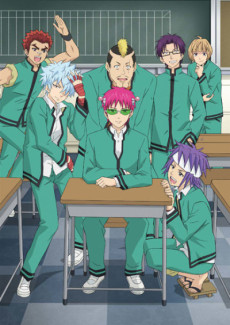 ANIME ComedySaiki Kusuo no Ψ-nan 2
ANIME ComedySaiki Kusuo no Ψ-nan 2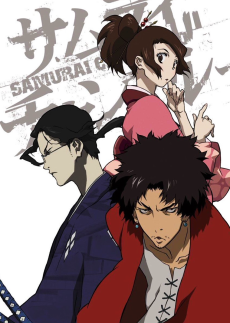 ANIME ActionSamurai Champloo
ANIME ActionSamurai Champloo ANIME ComedySKET DANCE
ANIME ComedySKET DANCE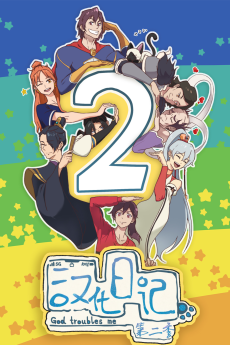 ONA ComedyHanhua Riji 2
ONA ComedyHanhua Riji 2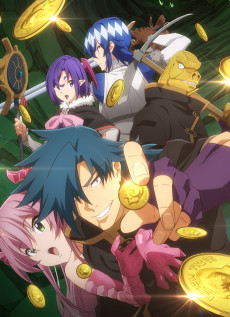 ANIME ComedyMeikyuu Black Company
ANIME ComedyMeikyuu Black Company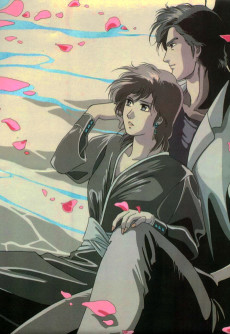 ANIME ComedyCity Hunter 2
ANIME ComedyCity Hunter 2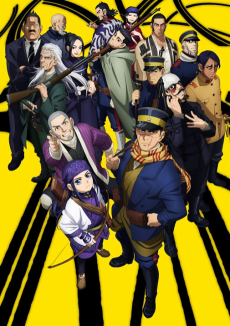 ANIME ActionGolden Kamuy 2nd Season
ANIME ActionGolden Kamuy 2nd Season
SCORE
- (4.45/5)
MORE INFO
Ended inMarch 26, 2012
Main Studio Sunrise
Trending Level 2
Favorited by 2,434 Users

